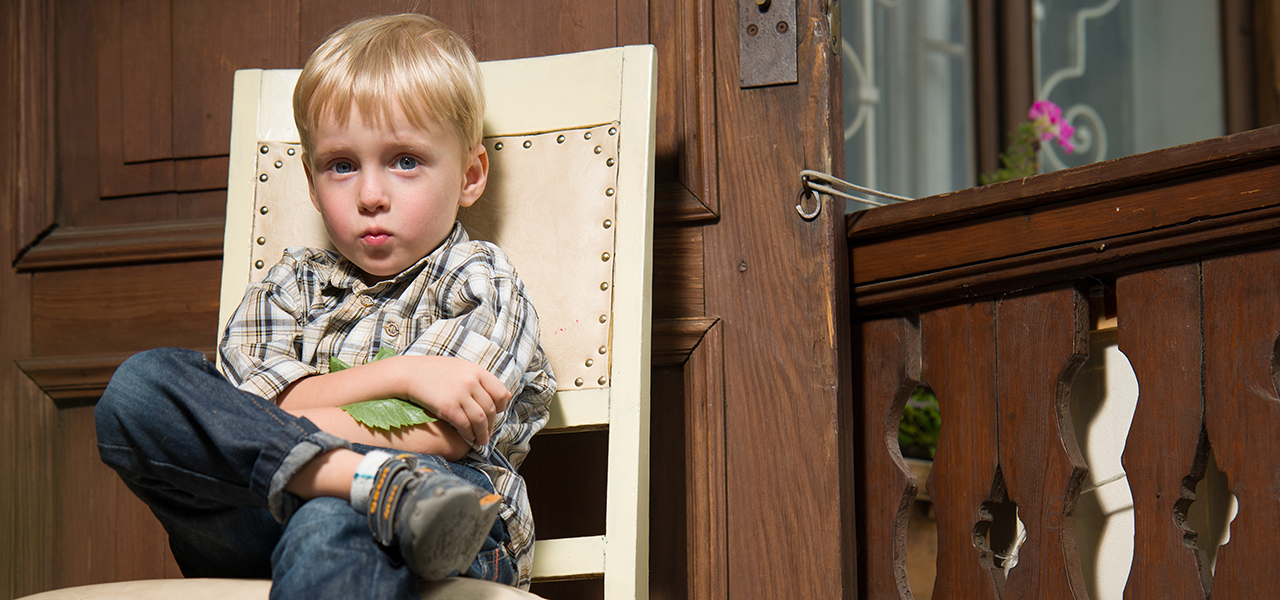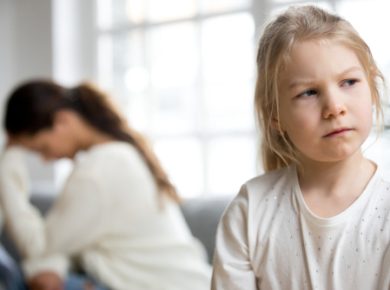Discipline: The Five C’s to a Happy Home

Table of Contents
Discipline doesn’t have to be a difficult mountain to overcome; rather, it is a set of steps involving action and consequence. Since it is almost impossible to homeschool in the absence of discipline, let’s consider “The Five C’s to a Happy Home.”
Verbal Correction
The first step in effective discipline is a verbal correction. When an undesired behavior is first addressed, point out what the child did wrong, why it’s wrong, and an alternative, positive behavior. “We don’t hit the kitty; instead, we pet him like this.” Now the child knows what behavior is not acceptable, and what is.
Conversation-Free
The second step in effective discipline is that it is conversation-free. There is often a temptation to think, “Well, maybe she didn’t understand the first time I told her not to hit the kitty, so I should explain again.” Discussing the issue again invites the child to talk back and can develop into a power struggle. Limit talk to a single, brief statement—“Remember, we don’t hit the kitty”—as you lead the child to time-out; do not respond to any outburst from the child. Words alone are not discipline; they are just words.

Consequences
The third step in effective discipline is consequences. Time-out can be an effective consequence if it is used consistently. Another excellent consequence is to remove the child from the scene. (He has to get down from the table and wait to resume eating until he is in control of himself and everyone else is done). If the behavior centers around a toy or an object, the toy or object can be taken away for 24 hours.
Consistency
The fourth step in effective discipline is consistency. A child who has been disciplined inconsistently usually ignores correction because he knows that he can get away with the behavior several times before anything happens. This is reward enough to keep the bad behavior alive.
In contrast, a child who burns himself on a hot wood stove will not touch the stove a second time, for he realizes that the stove will consistently burn him each and every time he touches it.
If a child has been disciplined inconsistently, she may test vigorously when a firm plan of discipline is put into place. But, if correction and consequences follow each time, the behavior will die out. (Each time she hits the kitty, she goes to time-out).
Catching the Good
The final step in effective discipline is “catching the good.” It is of paramount importance to be observant, catch the child doing good behavior, and praise him for the improvement. “See how nicely you have learned to pet the kitty. Good job.” Praise stresses the correct behavior, demonstrates to the child that she can do it, and warms little hearts.
Final Thoughts
If undisciplined children are “running the household,” you may wish to drop school for a week and focus on the Five C’s. This will take time, but it will work with consistency. Pray for wisdom and the graces that Our Lord promises to all parents, then identify the worst behaviors and address those first. Announce to the children what will be expected from now on, and begin taking steps to reclaim your happy home.
Related Blogs
If you enjoyed this article, you might be interested in the related articles below.
Favorites
Explore CHC’s top favorites! From art to literature, science to hands-on religion, CHC has materials to enrich every Catholic homeschool.



















